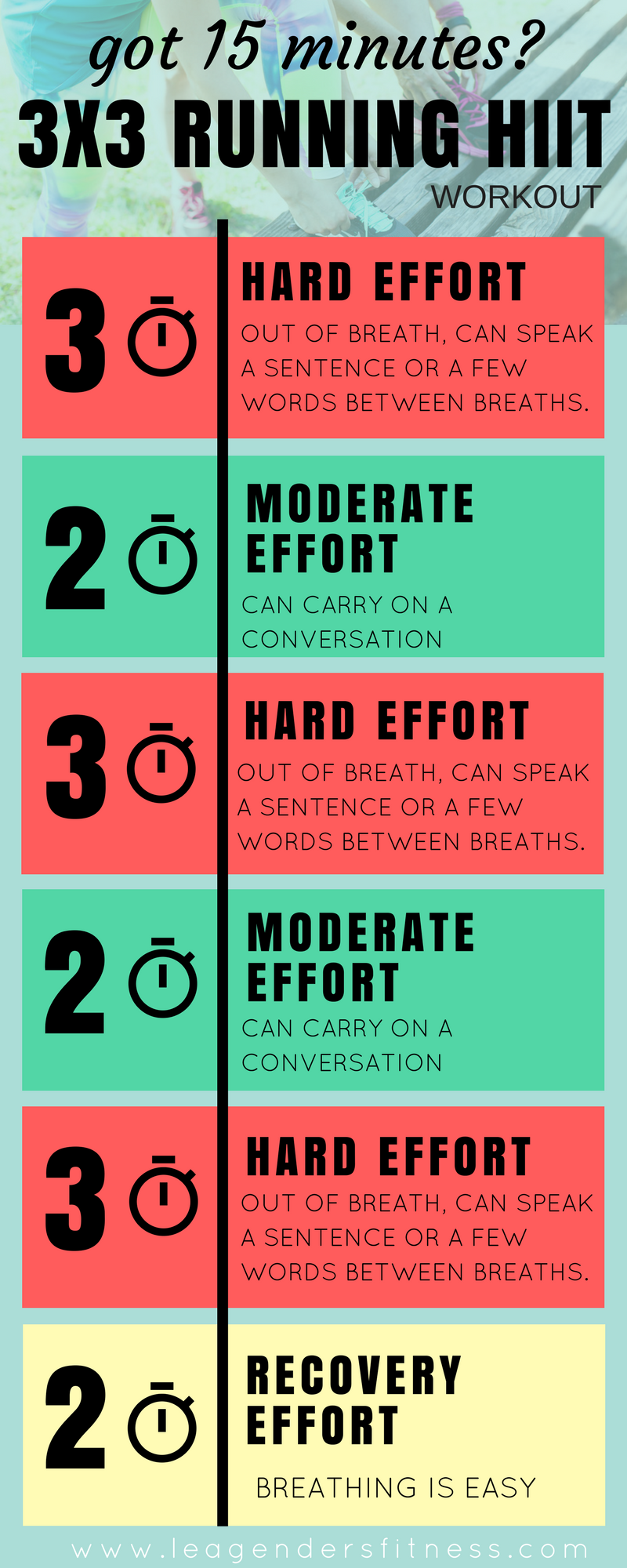Running Workout Techniques: Strategies to Improve Endurance and Rate
Running Workout Techniques: Strategies to Improve Endurance and Rate
Blog Article
Conquering Discomfort in Running: Approaches and Strategies That Job
Discomfort is an usual friend for many joggers, frequently serving as a barrier to achieving their desired objectives. With the ideal strategies and strategies, it is feasible to get rid of and even prevent the discomfort connected with running. By exploring various strategies such as recognizing the various kinds of running discomfort, enhancing footwear and kind, integrating cross-training and stamina workouts, implementing reliable healing techniques, and maintaining proper nourishment and hydration, joggers can potentially ease their discomfort and improve their overall running experience.
Recognizing Various Kinds of Running Pain

Another kind of running discomfort is joint discomfort, which can manifest as a sharp or achy discomfort in areas such as the knees, hips, or ankle joints (running strategy). Joint pain may be created by aspects like inappropriate running form, overuse, or underlying conditions like arthritis (useful info). It is essential to distinguish between muscle mass discomfort and joint pain, as the latter may call for medical attention to avoid further injury
Understanding the different sorts of running pain is crucial for effective management and prevention strategies to make sure a secure and enjoyable running experience.
Proper Footwear and Running Form
To maximize efficiency and decrease the threat of running-related injuries, choosing appropriate shoes and keeping appropriate running form are essential elements for runners of all degrees. It is recommended to pick running footwear that are specifically created for the person's foot type, running stride, and the kind of running activity they involve in.

Cross-Training and Stamina Workouts
Toughness workouts, like squats, lunges, and core workouts, play an essential function in maintaining muscles and boosting running efficiency. They can fix muscle imbalances, improve agility, and boost power output, all of which are necessary for running efficiency.
Incorporating cross-training and strength workouts right into a running program ought to be done tactically. It is very important to permit for sufficient remainder in between running sessions and cross-training activities to stop overuse injuries. Furthermore, focusing on appropriate type and method during strength exercises is crucial to optimizing their benefits and lowering the threat of injury. By including these components into a running routine, joggers can develop a more powerful structure, enhance efficiency, and take pleasure in an extra sustainable running experience.
Healing and Relax Methods
Having developed the value of cross-training and strength workouts in a thorough running routine, focus can currently be guided towards Recovery and Relax Strategies as indispensable elements for enhancing efficiency and reducing the threat of injuries. (running workout)
Recuperation after running is vital for muscular tissue repair and growth. Strategies such as foam rolling, stretching, and massage help in lowering muscular tissue useful info pain and boosting flexibility. Ample rest in between runs permits the body to recover and adjust to the physical tension, protecting against overuse injuries.
Including active recuperation days into a training timetable, where low-intensity activities like strolling or cycling are executed, can boost blood flow and advertise recovery without placing excess strain on the muscle mass. Additionally, correct hydration and nourishment play a crucial role in the recuperation procedure by restoring lost liquids and nutrients.
Quality rest is one more vital element of recuperation that need to not be ignored. During rest, the body undergoes repair service and regeneration procedures, adding to total physical and mental health. By prioritizing recovery and remainder methods, runners can preserve ideal efficiency degrees and decrease the probability of experiencing pain or injuries.
Nourishment and Hydration for Runners
Just how can joggers enhance their efficiency with appropriate nutrition and hydration methods? Nutrition and hydration are essential aspects of a jogger's training routine, playing an important function in efficiency, endurance, and healing. To boost performance, runners ought to concentrate on eating a healthy diet that consists of carbs, healthy proteins, healthy fats, vitamins, and minerals. Carbs supply power for running, while proteins aid in muscle repair and healing. Healthy and balanced fats sustain overall health and aid in soaking up essential nutrients. Ample hydration is likewise vital to preserve optimum efficiency, as even mild dehydration can adversely impact running efficiency. Runners need to consume water prior to, throughout, and after their runs to stay hydrated. Electrolytes, such as salt and potassium, are additionally crucial for maintaining liquid equilibrium and muscle mass feature - running strategy. Furthermore, timing dishes and snacks suitably prior to runs can help protect against intestinal pain and provide the essential energy for peak performance. By taking notice of their nutrition and hydration, runners can enhance their endurance, accelerate healing, and carry out at their best.
Verdict
Finally, by recognizing the numerous kinds of running discomfort, putting on appropriate footwear, preserving appropriate running kind, including cross-training and strength exercises, focusing on recovery and remainder, and concentrating on nourishment and hydration, runners can successfully overcome discomfort and enhance their performance. Implementing these methods and strategies can aid joggers protect against injuries, boost their endurance, and eventually delight in a much more satisfying running experience.
Report this page